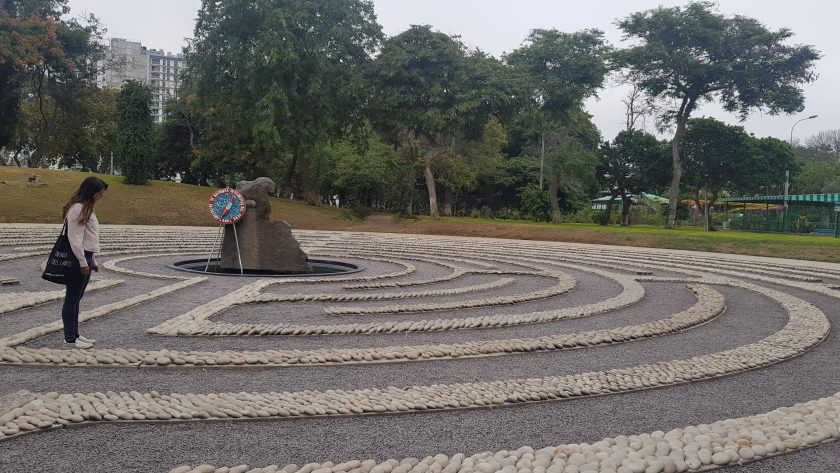Peru

In Peru the Comprehensive Reparations Program was agreed in 2005 following recommendations from the Peruvian Truth and Reconciliation Commission (CVR) and a number of adverse findings at the Inter-American Court of Human Rights.
The Peruvian context is interesting for a number of reasons. First, Peru represents a completed life cycle of reparations (95% individual compensation completed in 2015) allowing us to examine the impact and medium-long-term consequences of such a programme.
Second, the Peruvian context demonstrates how the issue of perpetrators as victims may be addressed – members of the defeated non-state armed group the Shining Path were excluded from individual reparations, but eligible for development orientated collective reparations programmes including health, education and infrastructural regeneration.
Third, the Peruvian programme has been criticised for its reparations for sexual violence, in particular for a lack of gender sensitivity and for failing to address embedded causes of such violence.
Report
We have completed our report on reparations in Peru.
Photo Credit: Luke Moffett



